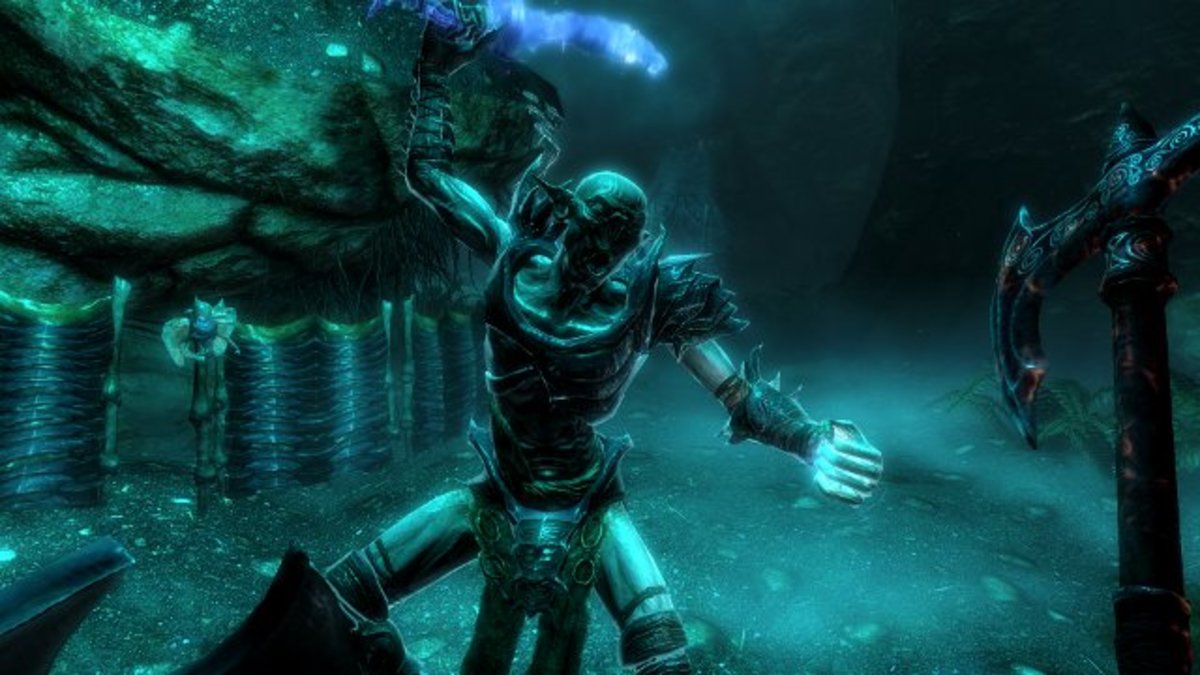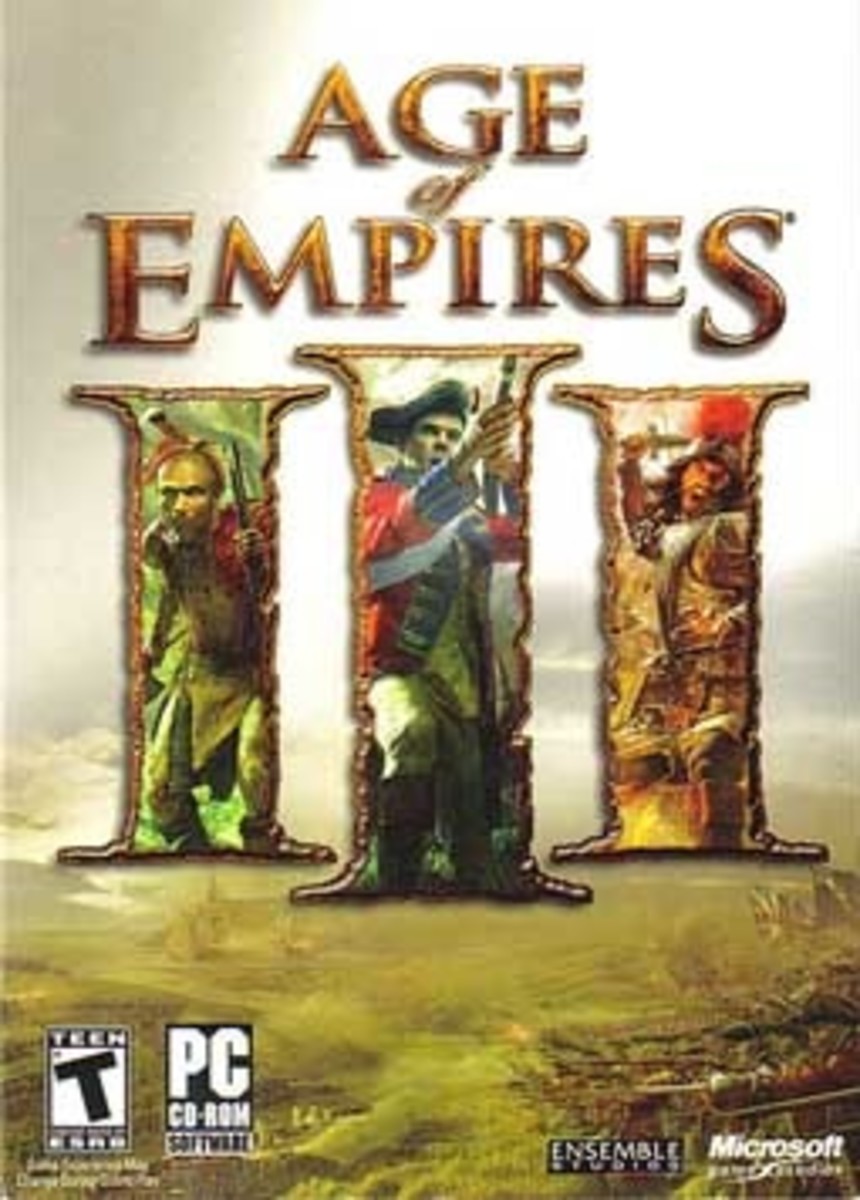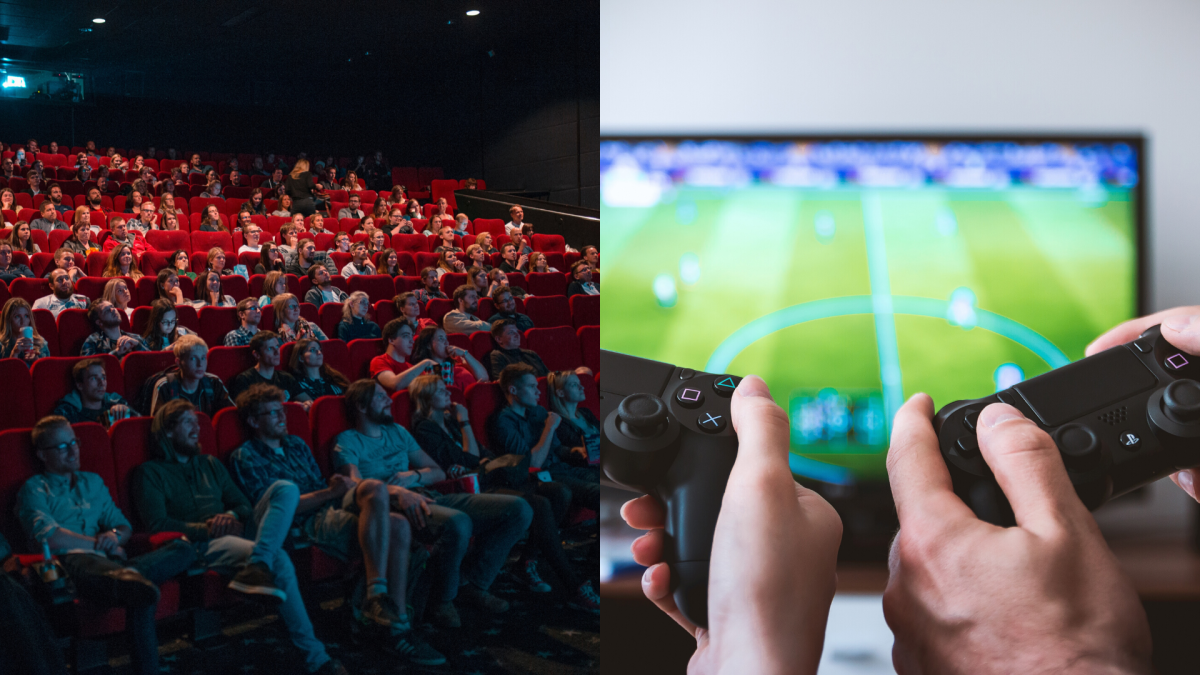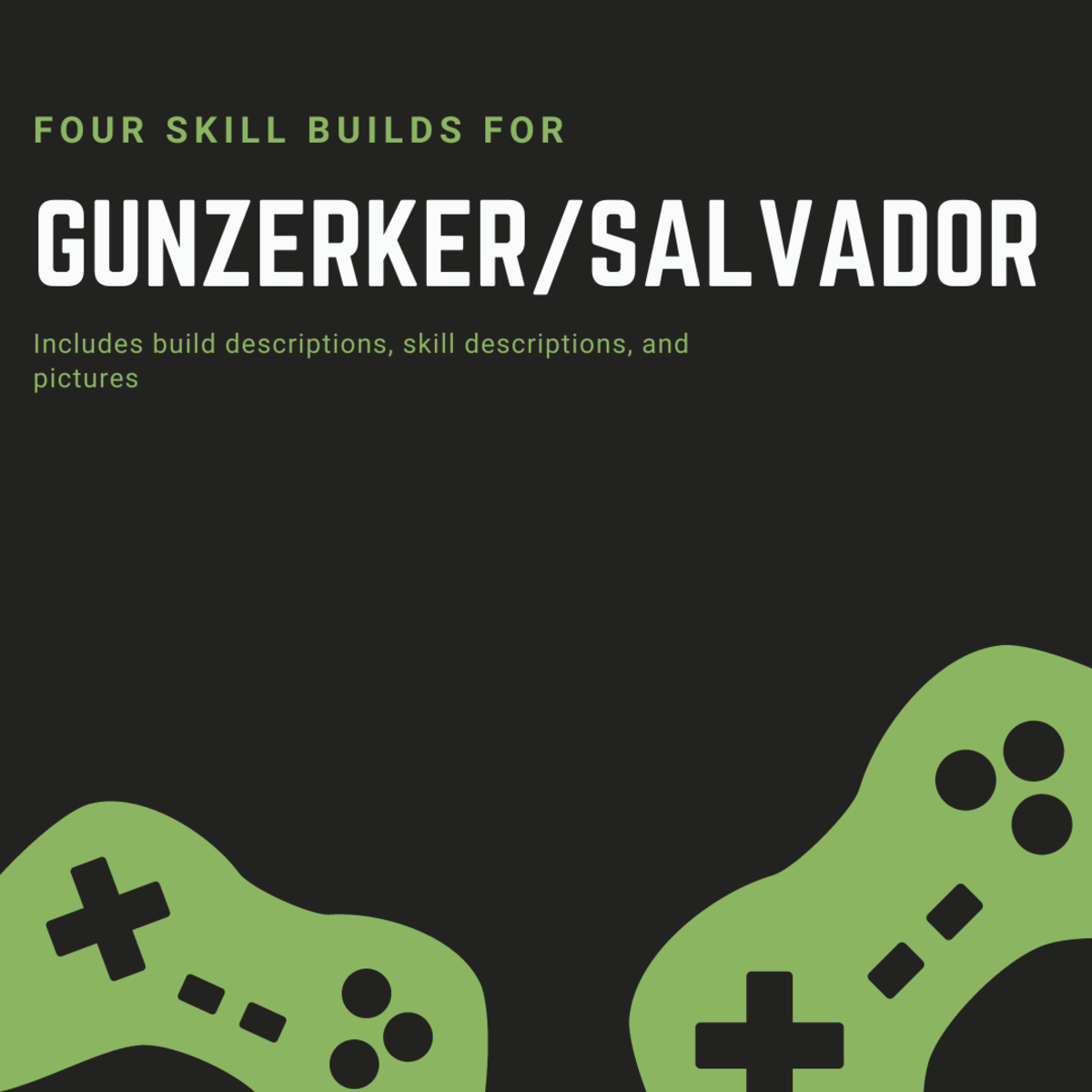What Serious Games can Learn from Entertainment Games: Practice!
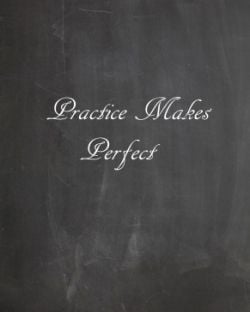
Video Games and Practice
One reason that many educators choose to use video games is that they provide inherent opportunities for skill practice, in a safe and comparatively low-cost environment (for example, virtual combat training is often a lot safer and affordable than field training). In many cases, gameplay boils down to a pattern of being introduced to a skill, learning and practicing that skill, then using the newly mastered skill to defeat an ultimate challenge.
In this article, I will describe some ways that entertainment games provide practice, and how the principles can be applied to serious games. I have presented some of these points in two papers that I presented at the Society for Applied Learning Technology (SALT) conference, entitled "Best Practices for Instructional Game Design and Development" and "How to Add Replay Value to Your Educational Game." If readers are interested I can make those papers available.
Clearly Denote Practice Areas
Provide and clearly denote practice areas where the player can master skills or review content. In most games, players must beat a boss or solve a puzzle to complete a level. However, they do not go straight to the boss when they start the level; first they must face enemies that are weaker than the boss. These enemies may even be stronger than the player, but they provide opportunities for the player to practice newfound skills and become stronger. Once the player has mastered these weaker opponents, found all the necessary items, and solved all the puzzles in the level, the player can then take on (and hopefully defeat) the boss.
Learners can benefit from similar opportunities in educational games. The challenge may not be fighting enemies, but even if the game objective is to use skills and knowledge to solve puzzles or manipulate the environment, the game can still present practice situations, with appropriate feedback. The feedback does not necessarily need to be a detailed write-up of the player’s practice performance; visual indicators of success are feedback as well (you either entered the proper combination to unlock a door, or you entered it incorrectly and the door did not open, for example).
If the game is tracking and grading the player, consider not including the practice area in the final assessment, so that the player can practice as much as needed without penalty. Once the player chooses to try the culminating, graded activity, he should be notified and given the option to either proceed or spend more time preparing. Some commercial games explicitly ask the player if he is ready to take on the boss before the battle begins; educational games can take a similar approach.
Make Practice Opportunities Repeatable
In some entertainment games , once the player passes a certain level or area, she usually cannot backtrack. If she missed something important, it might be gone forever on that playthrough. Other games allow players to revisit areas as desired.
For educational games, it is usually helpful to allow learners to revisit practice areas. Some ways to accommodate repeated practice include:
* Adding a practice mode: This mode might be separate from any main game story or world, and could be created for specific skills. It could be more repetitive than the main gameplay, or it could be a sort of “lab” for trying out different skills. For example, some fighting games, such as the Tekken series, include a practice mode that puts the player against a stationary, non-responsive opponent, who basically acts as a punching bag. The player can then experiment with different button combinations to discover new moves or practice old moves. This exercise continues until the player is ready to tackle the real game challenges.
* Creating an open world: In this case, players could explore and go wherever they want, including revisiting old areas. This approach is often seen in adventure games such as The Legend of Zelda and role-playing games such as The Elder Scrolls series. Even after completing a dungeon, the player can return, even though the previously-defeated dungeon boss may not be there anymore; an educational game might respawn a boss or challenge so that the player can have another practice opportunity.
* Adding a level/area select screen: In games that are broken up into linear levels, consider allowing the player to choose levels to replay. Generally, this approach only allows players to select levels they have already beaten or unlocked. Level select allows the player to jump directly into the challenge he wants to revisit, without having to traverse through other areas of the game.
Scale Difficulty Level of the Practice
The difficulty level of the practice should be enough that it forces the player outside of his comfort zone, but not so much that the game becomes too frustrating and not fun.
Consider allowing the player to choose a preset difficulty level at the game start or during the game. For example, most iterations of the popular Tetris game allow the player to choose from at least Easy, Medium and Hard modes. Some games, such as the role-playing game Kingdoms of Amalur: The Reckoning, allow the player to switch difficulty mode during gameplay as often as the player wants, but will award the player an accomplishment or trophy if she completes the entire game on the hardest difficulty level.
Another option is to have the game difficulty dynamically scale in response to the player’s performance. Revisiting the Tetris example, as the player continues to do well on a level, puzzle blocks begin to fall faster, making the game tougher. If the player begins to struggle, the game can then scale the difficulty back.
Avoid difficulty spikes. A difficulty spike occurs when the challenge increases disproportionately with the player’s performance level, and it can create a frustrating and dissatisfying experience for a gamer. A recreational gamer usually has the option to exit the game, but for an educational game, the user might not have a choice in order to complete a learning object. A classic example of a difficulty spike occurred in some of the older Dragon Warrior/Dragon Quest games; on the world map, if the player crossed a bridge into a new geographic region, she would find that the enemies on that side of the bridge were much more difficult, and often required some extra leveling-up and preparation back on the easier side of the bridge. Luckily, the player had the option to flee difficult battles and retreat to a more manageable challenge. Consider warning players if they are entering a more difficult practice area. In Kingdoms of Amalur, enemy names are highlighted in different colors during encounters, and red names symbolize that the enemy level is much higher than the players. Challenges in serious games can be labeled similarly.
Make Practice Fun!
One of the most important strengths of video games is that they are meant to be fun! Take advantage of the medium and make the educational experience entertaining and interactive. Too often, educational games have simply taken and digitized repetitive tasks, such as working through flashcard decks and memorizing facts by rote, and slapped a "game" label on them, without integrating them into a fun game design. These more traditional teaching methods are still useful, and might be included as resources in the game, but they should usually not be the foundation of the game. Try to find ways to weave them into the game world and story.
For example, consider the popular Oregon Trail series. Players learn about the dangers and everyday realities that westward-bound pioneers faced as the game required players to visit settlements, buy supplies, plan routes, hunt for food, and tend to sick or injured party members.
In a more recent example, teachers at West Nottinghamshire College used a modified version of the online role-playing game Neverwinter Nights to teach teenagers math and literacy skills. One task required players to calculate the area of a ship in order to determine how much inventory the ship could safely carry. If the players overloaded their ships, the ships would sink and they could not progress to the next level. Notice that this example did not call for players to simply duplicate a traditional, blackboard or flashcard math exercise; instead it asked the students to apply the math skills to a game world situation, and provided relevant consequences based on performance.
What Else can Serious Games Learn from Entertainment Games?
This article is the first in a series of lenses about serious game design and things that entertainment games do right, that can make for better serious games. Future topics include:
* Adding replay value
* Encouraging collaboration
* Technical considerations
There's more to come soon, so please stay tuned!
Recommended Game Design Resources
This brief article only covers one aspect of game design. I recommend that serious game designers get a basic education in general game development. I highly recommend these books to get a better overview of game development.



